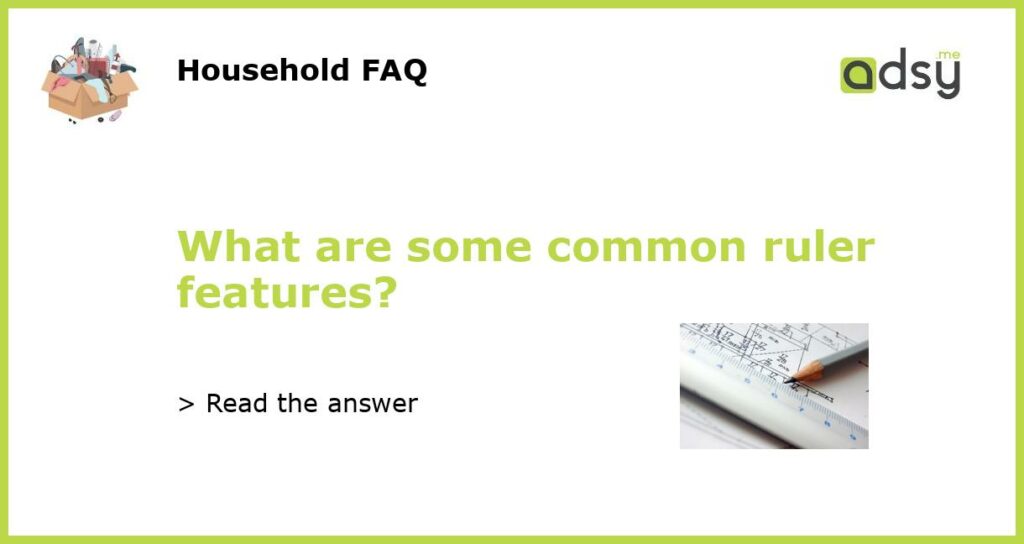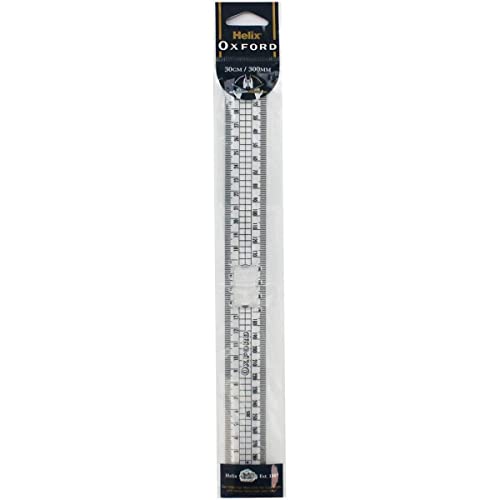Ruler Features: A Comprehensive Guide
When it comes to measuring, rulers are an essential tool that we use in our everyday lives. From marking lines to determining lengths, rulers come in various shapes, sizes, and materials to suit different needs. In this article, we will explore some common ruler features that you should be aware of.
Length
The first and most obvious feature of a ruler is its length. Rulers are typically available in different sizes, ranging from small pocket-sized rulers to larger ones that extend up to several feet. The length of a ruler determines the maximum length that can be measured accurately. The most common ruler lengths include 6 inches, 12 inches (or one foot), and 36 inches (or one yard).
Measurement Units
Rulers can feature different measurement units, depending on the region or specific application. The most common units found on rulers are inches and centimeters, although some rulers may also include millimeters, feet, and meters. When selecting a ruler, it’s important to consider which measurement units are most suitable for your needs.
Material
Rulers can be made from various materials, each offering its own set of advantages. The most common materials used to make rulers are plastic, metal, and wood. Plastic rulers are affordable, lightweight, and often transparent, allowing for easier visibility. Metal rulers, usually made of stainless steel, are durable and provide a more stable straight edge. Wooden rulers have a traditional appeal and may be preferred for their natural feel.
Markings and Graduations
Markings and graduations on rulers allow for precise measurements. The most common ruler markings are evenly spaced lines that indicate specific units of length, such as inches or centimeters. These lines are numbered, making it easy to read measurements accurately. Some rulers may also have additional markings, such as fractions or decimal equivalents, which can be useful for specific applications.
Additional Features
While the aforementioned features are found on most rulers, there are some additional features that certain rulers may possess. Some rulers have beveled edges, which allow for more precise drawing or cutting. Others may have non-slip surfaces, making them ideal for use on slippery materials. Some rulers even incorporate additional tools, such as protractors or compasses, making them multi-functional and convenient for a wide range of tasks.
In conclusion, rulers are an indispensable tool for measuring and marking. When choosing a ruler, consider the length, measurement units, material, markings, and any additional features that may meet your specific needs. By understanding the common features of rulers, you can ensure that you select the right tool for accurate and efficient measurements.






